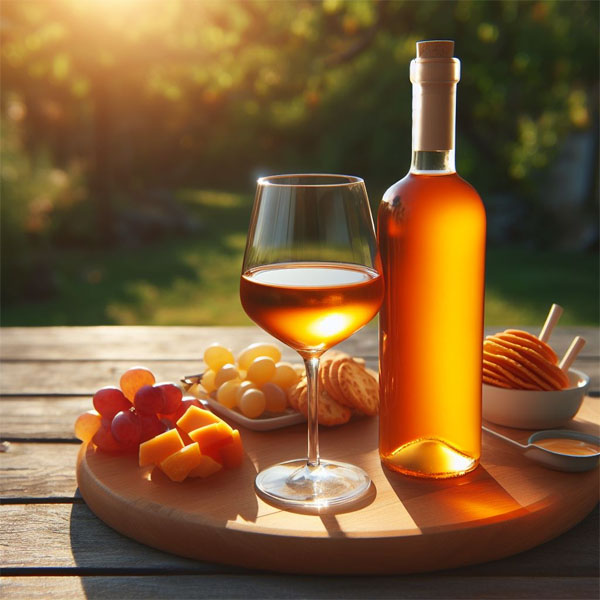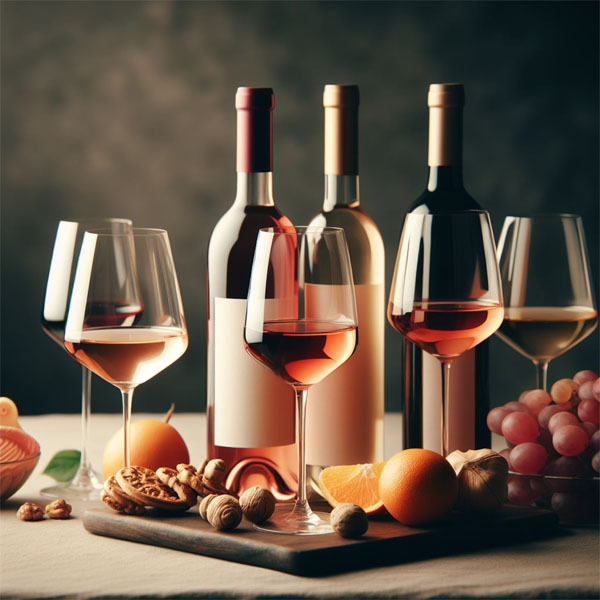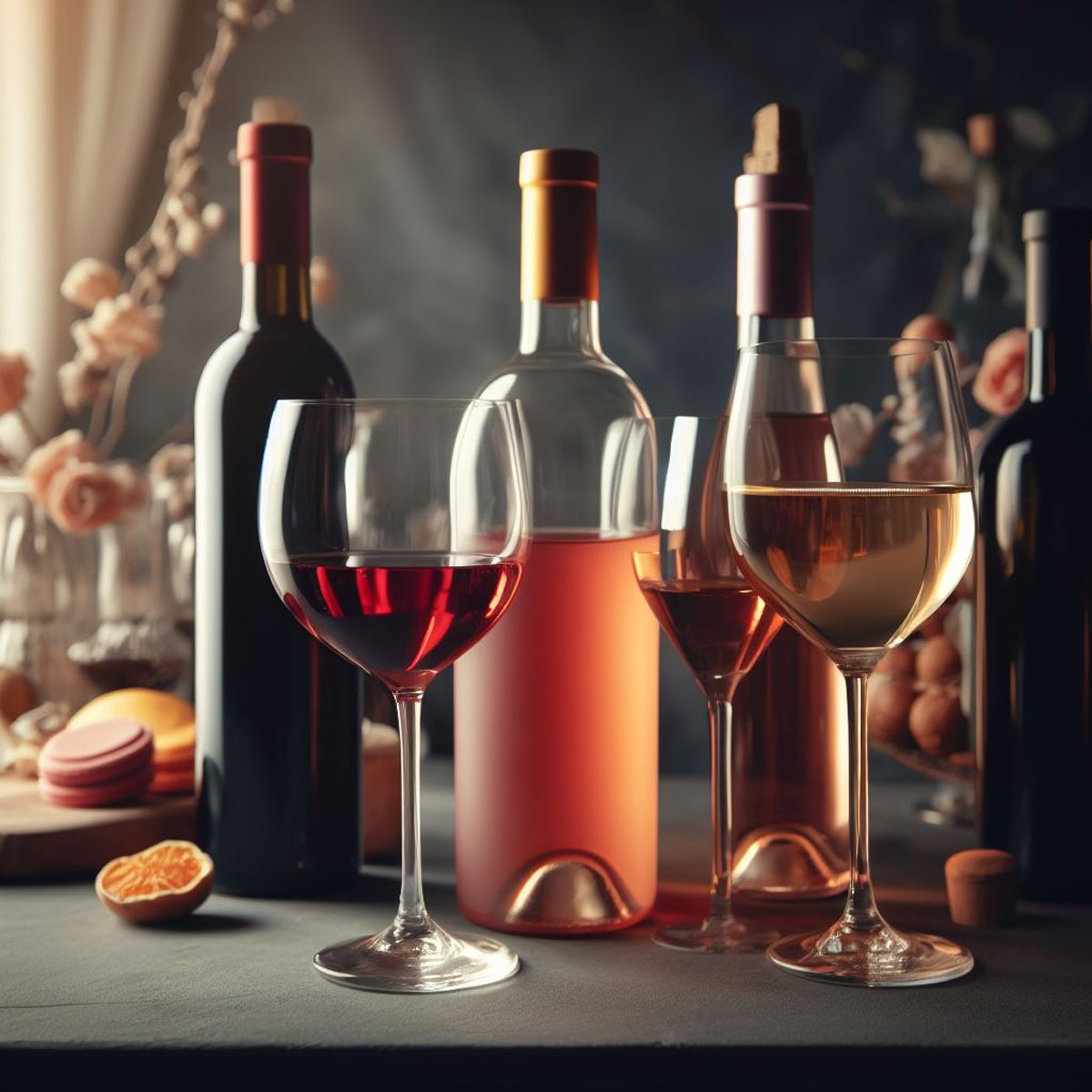Wine has captivated human attention for centuries, fascinating both experts and casual drinkers alike. This elixir has had a monumental influence on culture, cuisine, and social gatherings. While wine is fundamentally created from grapes, the complexities involved in its making—right from the vineyard to the bottle—makes each wine a unique treasure to explore. The world of wine is colossal, echoing history, reflecting geography, and representing human ingenuity in every sip. If you think about it, wine is not just a beverage; it’s an embodiment of the land and labour that created it. It’s an art form that tells a story with each pour, linking the drinker to its origins in an almost poetic manner.
The Importance of Wine in Culinary Experiences
Wine is more than just an adjunct to a meal; it is often the beating heart of culinary adventures. Just as a painter uses a palette of colours, chefs frequently use wine to bring out nuanced flavours in their dishes. Whether it’s Chardonnay used in a luxurious sauce or Pinot Noir sipped alongside a hearty main course, the right wine can elevate a meal from ordinary to unforgettable. Pairing wine and food is like orchestrating a harmonious symphony, where each note complements the other, culminating in a mesmerising performance that captures the essence of both food and wine.
Fun Fact: The world’s oldest bottle of wine dates back to A.D. 325 and was found near the town of Speyer, Germany. It’s still sealed!
The Evolution of Wine: From Ancient Times to Modern Cellars
Wine production is an ancient craft, as old as civilisation itself. The earliest evidence suggests that it was first made around 6,000 BC in the area currently known as Georgia. Fast-forward thousands of years, and you find that modern winemaking techniques have evolved dramatically. Technological advancements and scientific research have given us a thorough understanding of how grapes ferment and how wine matures, without ever losing the artistry that defines it. Like a classic book that gains new interpretations with each reading, the making of wine too has seen numerous adaptations while staying rooted in tradition.
Understanding the Different Types of Wine: Red, White, and Beyond
Traditionally, wines have been categorised as red, white, or rose. Red wines, made from the pulp and skin of red or black grapes, are rich in tannins and range from lighter varieties like Pinot Noir to full-bodied types like Cabernet Sauvignon and Syrah. White wines, generally made from green or yellowish grapes, often exhibit lighter, crisp qualities. These include tart Sauvignon Blanc and the ever-versatile Chardonnay. But the classification does not end there. There are Natural Wines, which are made with minimal intervention and have recently become the talk of the town. Orange Wines, on the other hand, are robust and bold, offering an alternative experience altogether.
Consider wine as a library of liquid narratives. Some wines are like epic novels, rich and complex, demanding time and attention. Others are more like short stories: concise, approachable, and perfect for a casual evening. When you pop open a bottle of Riesling or Pinot Gris, you’re not just tasting fermented grape juice; you’re taking a sensory journey that taps into the essence of the places and people who have brought that wine to life.
White Wines: The Sophistication of Chardonnay and Sauvignon Blanc
White wines are often considered the epitome of elegance and sophistication. The two varieties that often stand out in this category are Chardonnay and Sauvignon Blanc. While Chardonnay offers a full-bodied experience, often exuding flavours like vanilla when oak-aged, Sauvignon Blanc is more on the tart side, bursting with herbal and green fruit flavours. A sip of Chardonnay is like wandering through an opulent, well-arranged art gallery. In contrast, Sauvignon Blanc is a refreshing walk in a zesty citrus grove.
Red Wines: The Boldness of Cabernet Sauvignon and Pinot Noir
When it comes to reds, Cabernet Sauvignon and Pinot Noir take centre stage. Cabernet Sauvignon is the heavyweight champion of the red wine world, showcasing a robustness that makes it an ideal companion for hearty meals. Think of it as the protagonist in an intense drama, complex and engaging. Pinot Noir, however, is more of a light-bodied red that pairs well with a variety of foods. It’s like the versatile actor who shines in any role, a wine that possesses a soft, smooth, low-tannin finish, making it a hit for any occasion.
Exploring Lesser-Known Varieties: Riesling and Pinot Gris
For those willing to venture off the beaten path, Riesling and Pinot Gris offer a refreshing alternative. These wines are like the indie films in a world of blockbusters, lesser-known but profoundly impactful. While Riesling is high in acidity and can be sweet or dry, Pinot Gris is lighter and often bears a hint of bitterness. Each offers a unique experience, allowing wine drinkers to broaden their horizons.
The Rise of Natural and Orange Wines: A Trend You Can’t Ignore
The wine scene is ever-changing, and one of the most notable shifts is the growing interest in Natural Wines and Orange Wines. Made with minimal intervention, natural wines aim to showcase the grape in its purest form. Orange wines, which are white wines that have been in contact with their grape skins, offer a more robust and bolder flavour profile. These wines are like the jazz music of the wine world, unconventional yet incredibly captivating.


Elevate Your Wine Experience with Pure Wines Online Shop
Navigating the expansive world of wine can be challenging, but Pure Wines makes it a delightful experience. This distinguished online shop offers a variety of wines, including sought-after options like Pinot Gris, Orange Wines, Riesling, Cabernet Sauvignon, and Pinot Noir, among many others. It’s your one-stop shop for exploring diverse flavours and types. Pure Wines excels in its dedication to quality and transparency. Each wine in their extensive portfolio is stringently curated to ensure it meets the highest standards of winemaking. Whether you’re an enthusiast looking for a particular varietal or a newcomer keen to delve into the captivating world of wine, Pure Wines has got you covered. Think of it as a reliable virtual sommelier, always available to help you find the perfect bottle. And with their convenient delivery across the UK, a sumptuous wine experience is never more than a click away.
Conclusion
Wine is not merely a drink but an adventure waiting to be discovered. Whether it’s the sophistication of Chardonnay, the boldness of Cabernet Sauvignon, or the captivating mystery of natural and orange wines, each bottle tells a story. This article has served as a roadmap to this enchanting world, introducing both popular and lesser-known varieties. The ultimate message? The world of wine is vast and varied, and each sip is a new chapter in an endless, delightful story.
FAQs
- What’s the difference between Red and White wine? Red is from red grapes, white is from green/yellow grapes.
- Is Riesling a sweet or dry wine? It can be either sweet or dry, depending on the winemaker.
- What are Natural Wines? Wines made with minimal human intervention during production.
- What makes Orange Wines unique? They’re white wines with extended grape skin contact.
- Is Cabernet Sauvignon a full-bodied wine? Yes, it’s a robust, full-bodied red wine.


